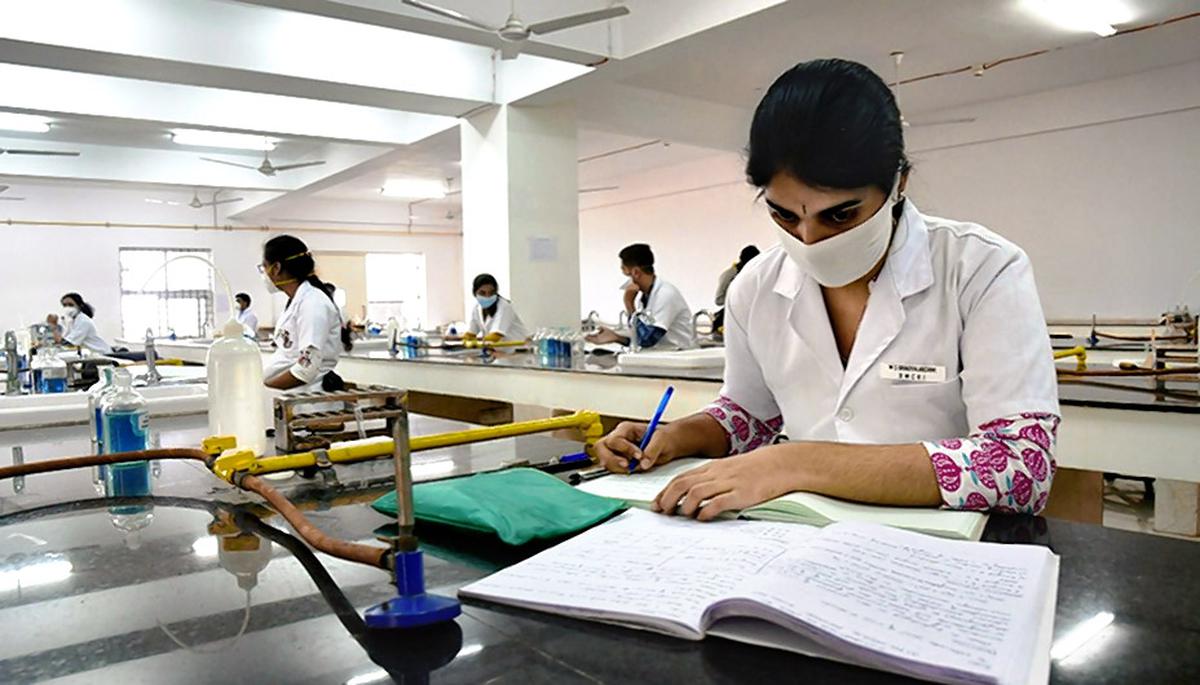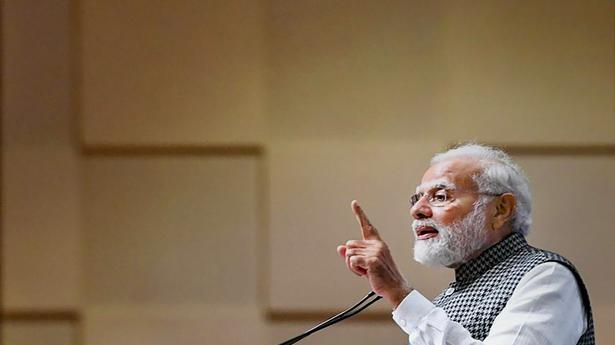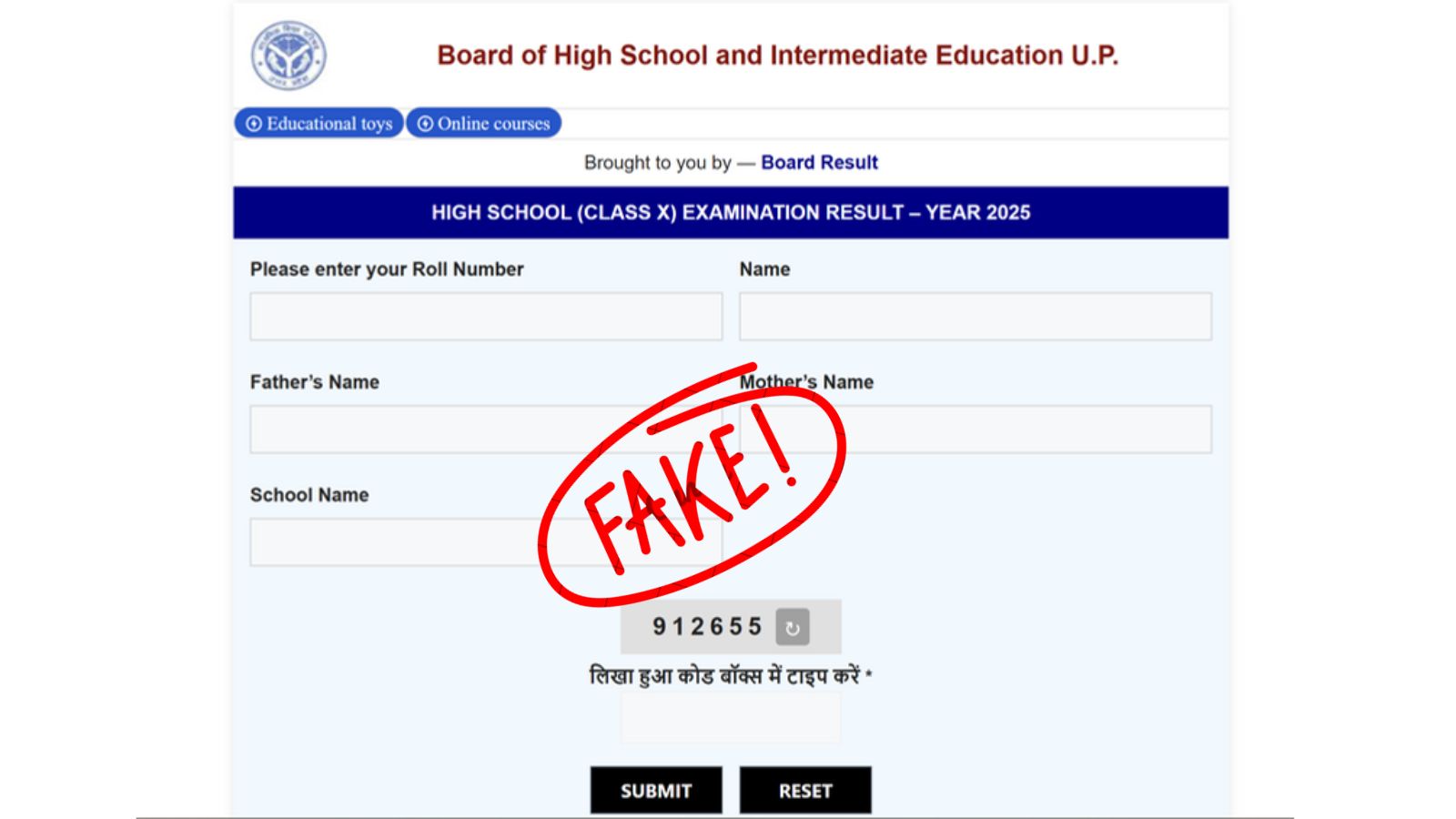Health Ministry data shows the States account for 11.4% and 10.9% of the total number of medical colleges respectively; number of UG medical seats in India increased by 121% in the last decade
Health Ministry data shows the States account for 11.4% and 10.9% of the total number of medical colleges respectively; number of UG medical seats in India increased by 121% in the last decade
For India the average annual growth of medical colleges from 2011-12 to 2021-22 stands at 5.9% — the highest in the last five decades with Tamil Nadu and Uttar Pradesh (in 2021-22) having the highest share of both public and private undergraduate (UG) medical colleges followed by Karnataka and Maharashtra. According to Health Ministry data between 2011-12 and 2021-22 the government MBBS seats jumped by 155% superseding private medical seats which grew by 97%. Data also indicates that the US, UK, Australia, Canada and Germany remained the top five countries with the highest number of Indian origin doctors.
“The number of medical seats at UG level increased from 41,569 in 2011-12 to 91,927 in 2021-22, which is a 121 per cent increase,’’ noted data analysis report done by KPMG for the Federation of Indian Chambers of Commerce & Industry (FICCI) which was released recently.
It added that in the last decade, government medical colleges had more than doubled from 154 to 321 and private colleges grew by 61% from 181 in 2011-12 to 291 in 2021-22.
In 2021-22, Tamil Nadu (11.4%) and Uttar Pradesh (10.9%) had the highest share of both public and private UG medical colleges followed by Karnataka (10.3%) and Maharashtra (10.1%).
In terms of addition of private MBBS seats between 2017-22 — the maximum increase was in Tamil Nadu (4,110 seats), Karnataka (3,004 seats), Maharashtra (2,775 seats), Gujarat (2,170 seats), Telangana (1,900 seats) and Bihar (1,525 seats).
The report further pointed to the fact that despite the government sector being able to provide education for more than 60% of doctors, 50% of nurses/midwives were employed in the private sector, with public facilities in different states reporting high level of vacancies against the sanctioned posts.
While the rural population was about 66% of India’s total health workforce, only 33% was available in rural areas.
India witnessed a 74% growth in postgraduate (PG) seats and 81% growth of Diplomate of the National Board (DNB) seats between 2017-22, across government and private medical colleges.
Andhra Pradesh, Karnataka, Telangana, Kerala and Tamil Nadu accounted for about 20% of India’s population but had 37% of India’s total PG seats (17,038 out of 46,118 seats in 2021-22) and around 40% of DNB seats (4,556 out of 12,028 in 2021-22). Furthermore, the southern region accounted for the dominance of private medical colleges with 57% private PG seats in 2021-22, the report added.
But was this growth enough? Data analysis stated that the disparity in the availability of doctors across various states would grow if remedial measures were not put in place.“This despite the fact that the government has tried to increase the number of medical seats at the state level to help cover the shortage of doctors through implementing various initiatives,’’ it warned.




.jpeg)



